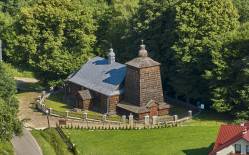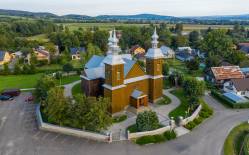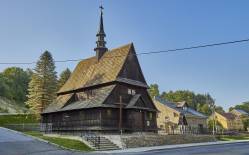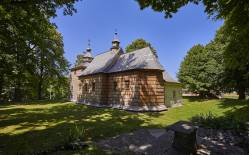Curative properties of the local water springs were described in 1578 by Wojciech Oczko, the court physician of King Stephen Báthory, in the very first medical study published in the Polish language. During the following century the spa resort attracted visitors, some of them coming from abroad. The place was mentioned e.g. by Conardi – a physician of Marysieńka, John III Sobieski’s wife, as well as Jean-Baptiste Denys – the physician of Luis XIV, King of France. In 1630 a study discussing Iwonicz was published by Jan Sechkini – a professor of the Academy of Zamość.
Dynamic growth took place in the 1800s, when the owners of Iwonicz-Zdrój, the Załuski family, built here the first bath house and guest houses surrounded with the picturesque park. One of the physicians working here was Dr. Józef Pol, brother of the renowned poet Wincenty Pol who was also a frequent visitor to Iwonicz-Zdrój. Rapid advancements continued here during the interwar period.
The town was recognised among fine European spa resorts. The 19th century wooden villas and guesthouses, which can be admired today, represent the specific Swiss style of architecture which is largely responsible for the character of the place. The buildings are mainly to be found along the promenade and Dietl Square. The oldest landmarks include the so-called Stary Pałac, once a residence of the Załuski family, as well as the pavilion in the shape of an octagonal gloriette. Other impressive sights include the large two-story Dom Zdrojowy, Krakowiak, eclectic-style Belweder, Bazar with a characteristic clock tower, as well as Ustronie villa, Łazienki Mineralne and Biały Orzeł villa.
The mineral water from Iwonicz Zdrój is beneficial for the digestive system, urinary tract and respiratory system. Its curative properties have been known for centuries.
Around the town you can find many scenic hiking and cycling trails, and the central square with a stage hosts a variety of cultural events in the summer.
Photos: Michał Bosek
Gallery
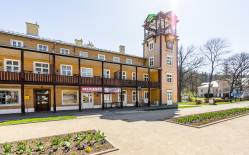
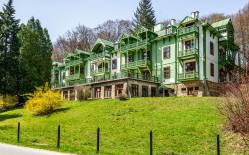
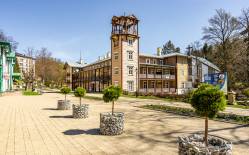
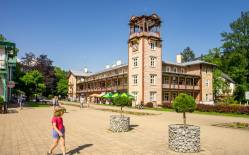
Recommended venues on the Trail



This website has been modernized with the financial support of the European Union under the Cross-Border Cooperation Programme Poland-Belarus-Ukraine 2014-2020. The responsibility for its content lies solely with the Podkarpackie Regional Tourism Board and cannot, in any case, be treated as a reflection of the position of the European Union, the Managing Authority, or the Joint Technical Secretariat of the Cross-Border Cooperation Programme Poland-Belarus-Ukraine 2014-2020.










